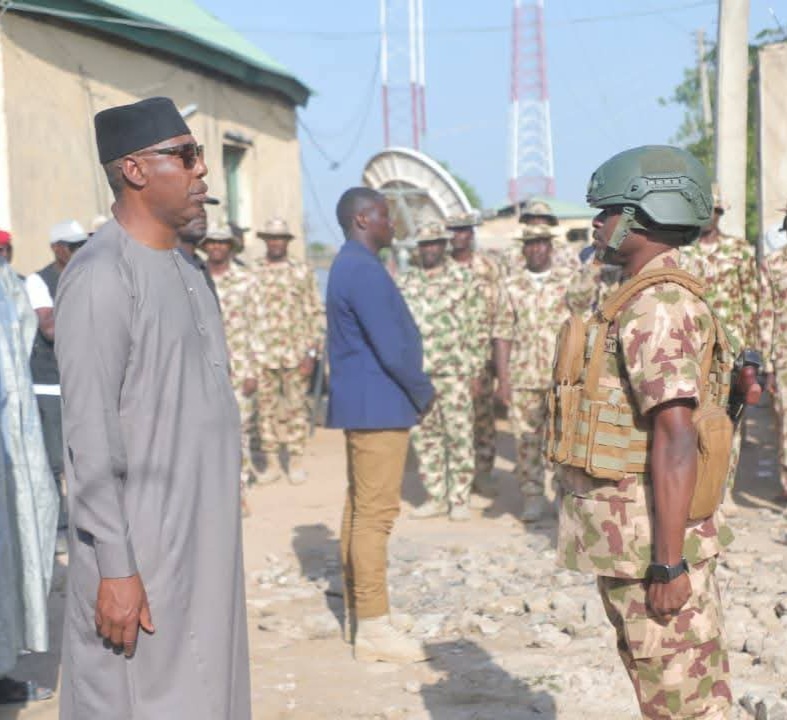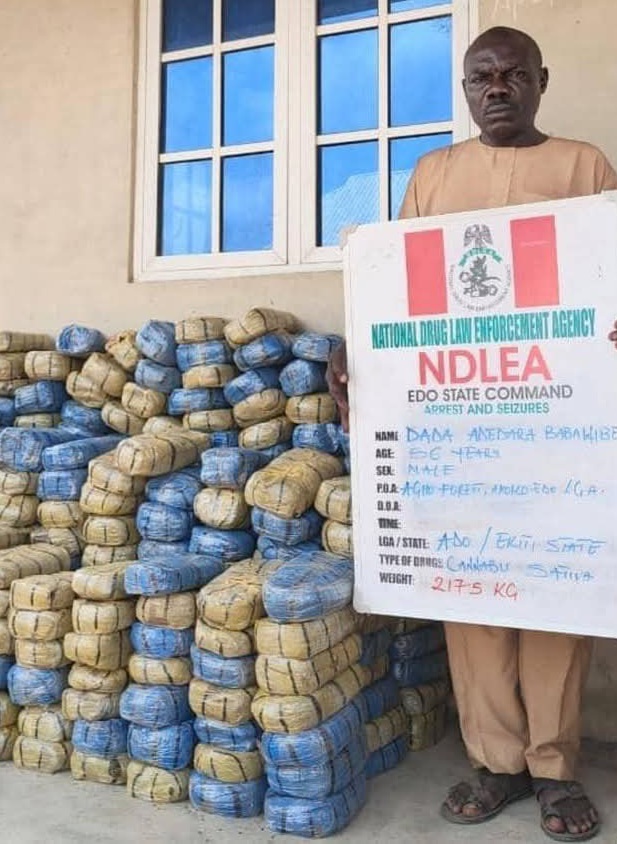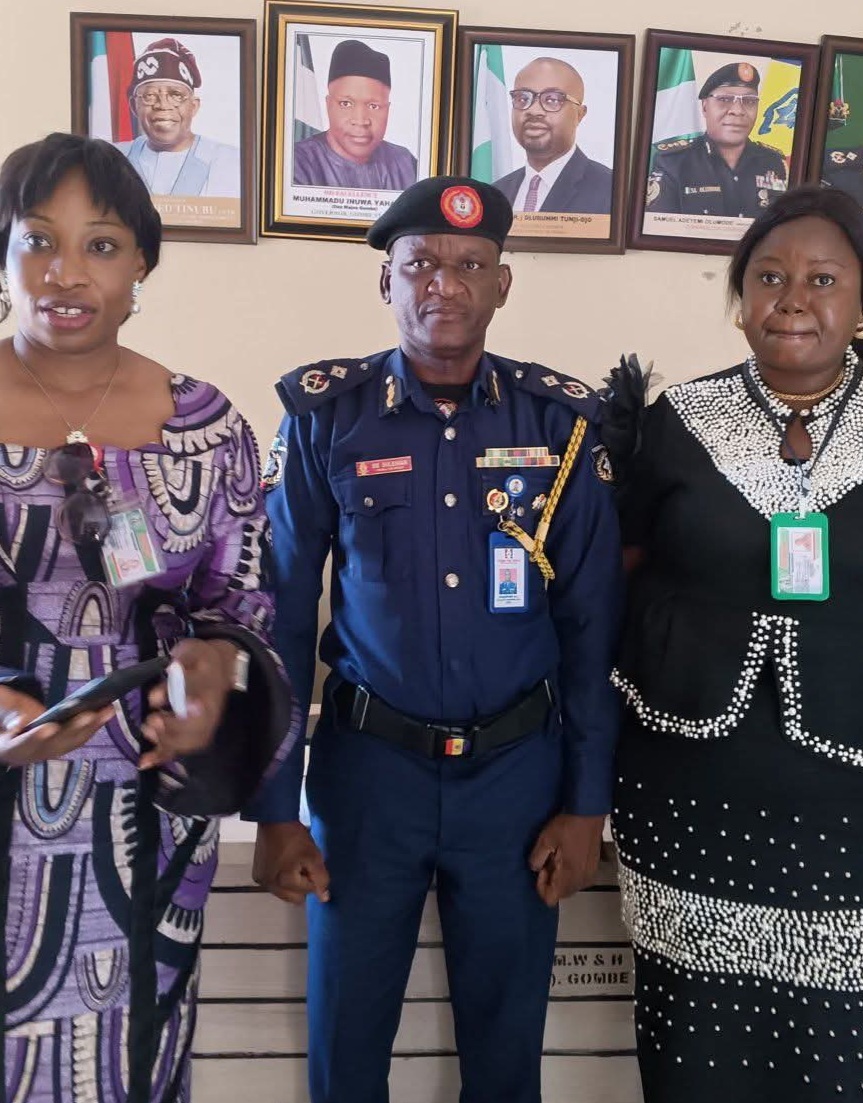
Pix: John Onoja Attah, Commander, NSCDC Special Mining Marshals
By Isiaka Mustapha, CEO/Editor-n-Chief, People’s Security Monitor
Across Nigeria’s mineral-rich states, a silent yet fierce conflict continues to unfold. From the forests of Osun to the rocky valleys of Plateau and the dusty fields of Zamfara, the battle for control of the nation’s mineral wealth intensifies daily. At the center of this struggle stand the men and women of the Nigeria Security and Civil Defence Corps (NSCDC), particularly its specialized Mining Marshals, who bear the daunting responsibility of stopping illegal mining operations.
Despite their legal mandate and growing presence, the NSCDC remains locked in a fight that is far from won. Illegal mining has transformed from scattered artisanal activity into a highly organized criminal enterprise. Today, it involves complex networks of local actors, foreign financiers, armed militias, and political collaborators, all conspiring to plunder the country’s resources and smuggle them across borders. For the NSCDC, the challenge is no longer about pursuing individuals with shovels and pans; it is about dismantling powerful cartels with global reach, substantial funding, and dangerous weapons.
A major obstacle facing the Mining Marshals is the sophistication of their adversaries. In many illegal mining enclaves, operations are backed by foreign interests, especially from Asia and the Middle East, who supply machinery, logistics, and capital. These illegal miners often operate under the protection of local power brokers, traditional authorities and top military officer (both serving and retired), who profit from the trade. When security operatives attempt to intervene, they frequently encounter resistance, misinformation, or outright hostility. The terrain itself, often remote and rugged, only adds to the operational challenges.
Equally troubling is the lack of adequate equipment and logistical support for the Marshals. Many officers are deployed without proper communication tools, vehicles, or protective gear, while illegal operators make use of satellite phones, drones, and armed escorts. The disparity in resources is stark and severely limits the NSCDC’s ability to respond swiftly and effectively.
Moreover, the current legal framework does little to support effective enforcement. In numerous cases, individuals arrested for illegal mining are released due to poor prosecution, political interference, or outdated laws that fail to address the scale of the problem. When prosecutions do occur, they are often delayed for months or even years, sending the message that criminal activity in the sector carries little risk.
Perhaps the most sensitive aspect of this conflict is the role of local communities. In many affected areas, illegal mining is not just a crime; it is a means of survival. Entire villages rely on its proceeds for food, education, and shelter. With few formal employment opportunities, young men and even children are drawn to the mines, despite the dangers and long-term consequences. This economic dependency makes enforcement even more complex. Communities often warn miners of planned raids or obstruct security operations altogether. Many residents see the NSCDC not as a liberator, but as a threat to their livelihood.
Yet, despite these formidable challenges, victory remains possible. The NSCDC can prevail through a fundamental shift in strategy, mindset, and coordination. A successful campaign must start with intelligence. Operations should be guided by verifiable data, not guesswork. Establishing a specialised intelligence unit within the Mining Marshals to track movements, map hotspots, and monitor smuggling routes is vital. Building a network of informants within local communities, supported by protection and incentives, will provide the Corps with early warnings and leverage against entrenched networks.
Technology must also become a frontline asset. Drones can monitor remote mining camps, while satellite imagery and GIS mapping can help identify illegal excavation sites and track land-use changes. Body-worn cameras and digital reporting systems will not only enhance transparency but also provide undeniable evidence during prosecutions. To defeat sophisticated adversaries, the Corps must match their innovation with its own.
Interagency coordination must be a top priority. No single force can tackle illegal mining on its own. An interagency task force—bringing together the NSCDC, Police, Army, Customs, Immigration, DSS, and the Ministry of Mines—should operate as a unified front. Sharing intelligence, equipment, and personnel will close operational gaps and ensure swift, joint responses to threats.
Beyond enforcement, however, the hearts and minds of local populations must be won. The NSCDC must adopt a dual role: enforcer and educator. Awareness campaigns should inform communities about the dangers of illegal mining from environmental destruction to child exploitation and long-term poverty. These efforts should not lecture but listen, engaging community leaders, traditional rulers, and religious institutions in open dialogue. Viable livelihood alternatives must follow. Without vocational training, cooperative farming, or formalised mining opportunities, no community will willingly abandon its main source of income.
Simultaneously, legal reform is essential. Nigeria’s mining laws must be updated to reflect current realities. Penalties for illegal mining should be strengthened, and new frameworks should make prosecuting offenders more straightforward. Establishing mobile courts focused on mining-related offenses would accelerate justice and send a clear message: impunity will no longer be tolerated.
The NSCDC must also look inward. Internal discipline and integrity are critical to maintaining public trust and operational effectiveness. Officers who collude with illegal miners must be held accountable swiftly and publicly. At the same time, those who demonstrate bravery and professionalism should be recognised and rewarded. Institutionalising transparency will ensure the Corps remains above reproach.
The battle for Nigeria’s mineral wealth is about more than resources. It is a fight for sovereignty, the rule of law, and the right of communities to live free from fear and exploitation. In Plateau and beyond, the stakes are high, but the rewards of success are higher still: a future where natural wealth fuels development rather than destruction.
The Mining Marshals of the NSCDC carry this responsibility on their shoulders. With the right tools, a clear strategy, political support, and the trust of the communities they protect, they can turn the tide. This war, though far from over, is one that Nigeria cannot afford to lose.



